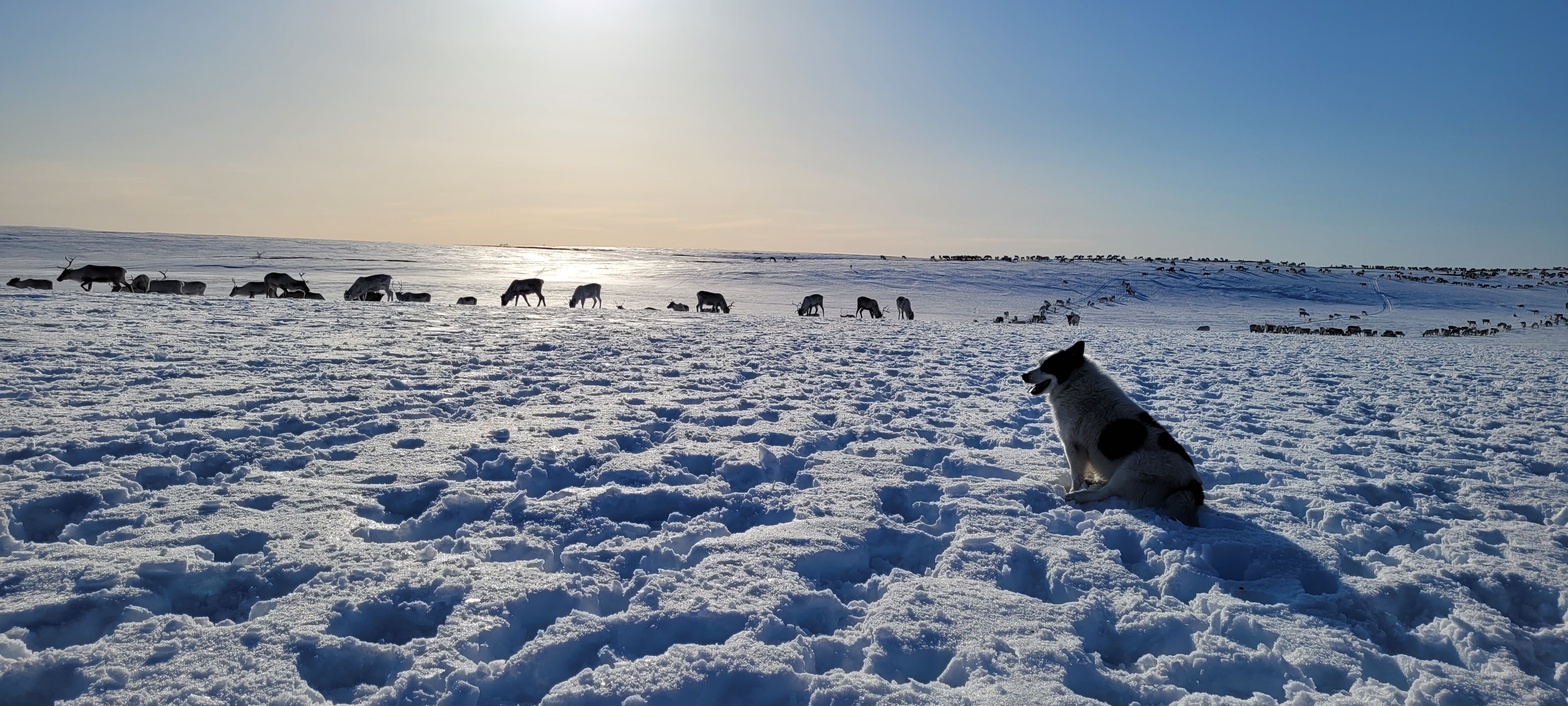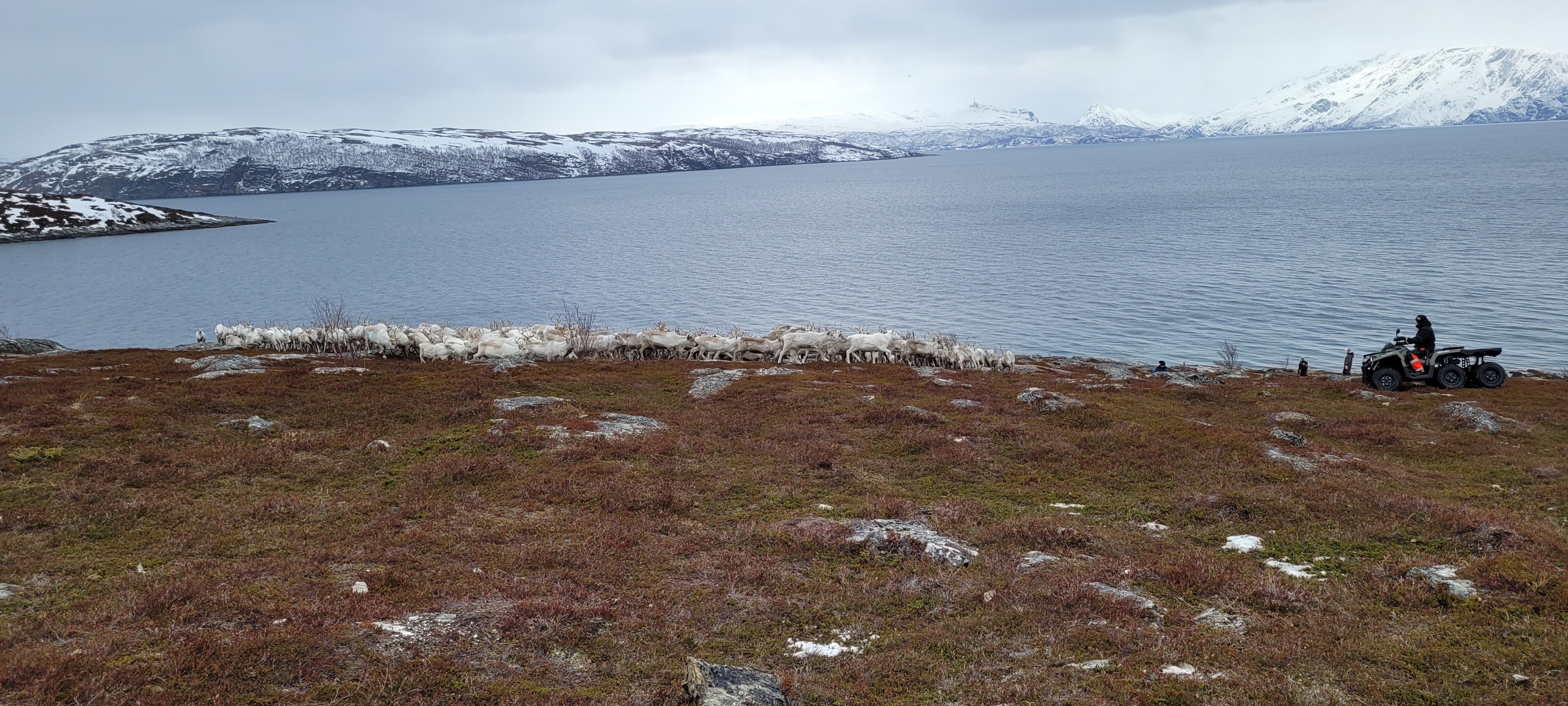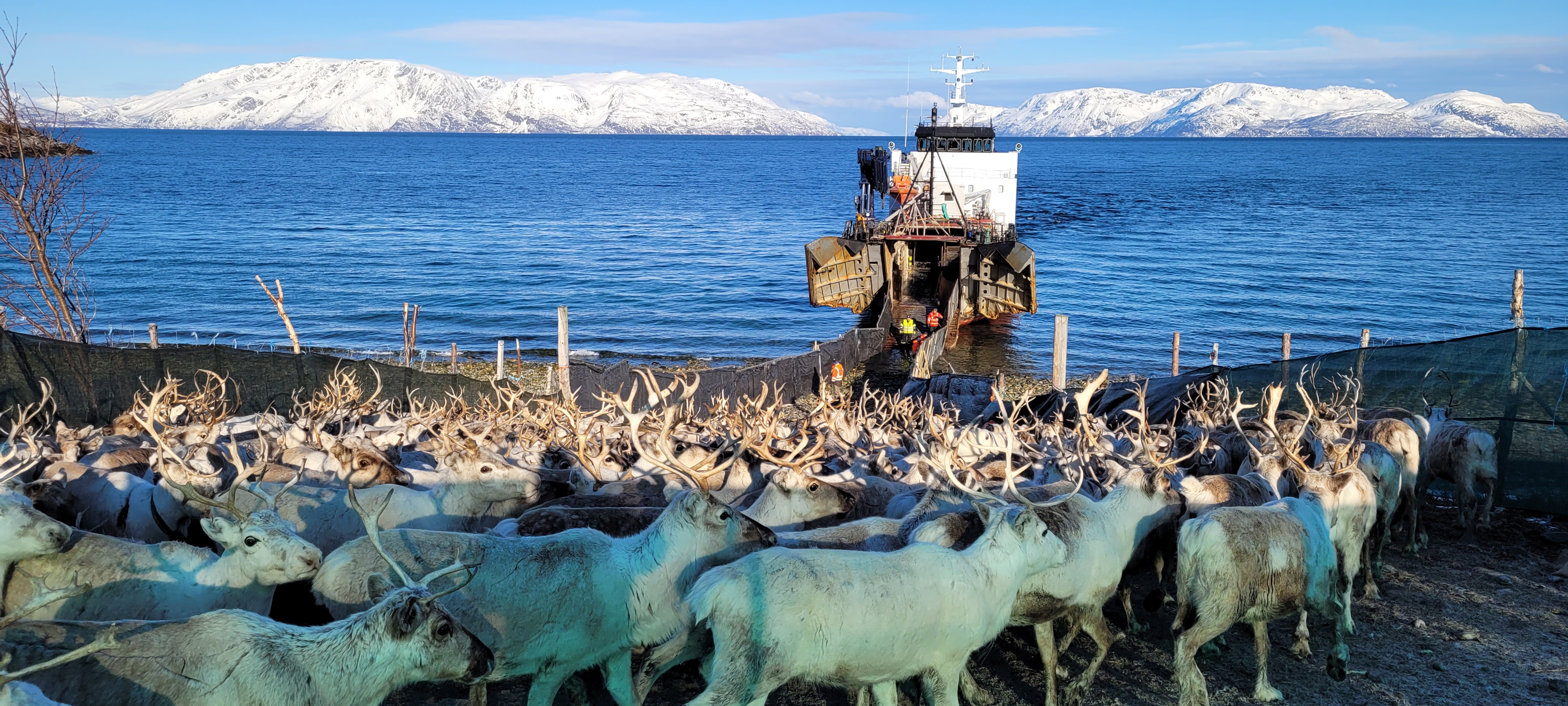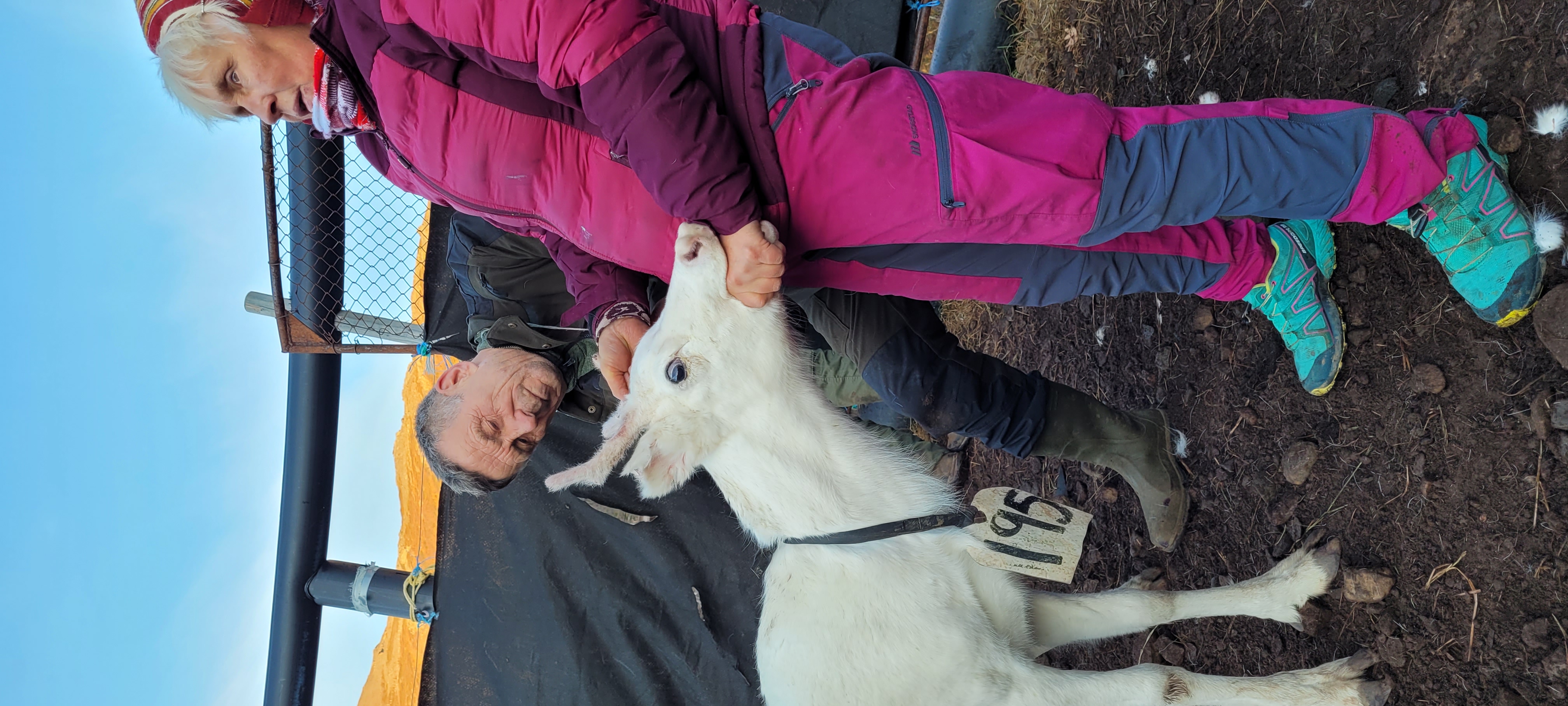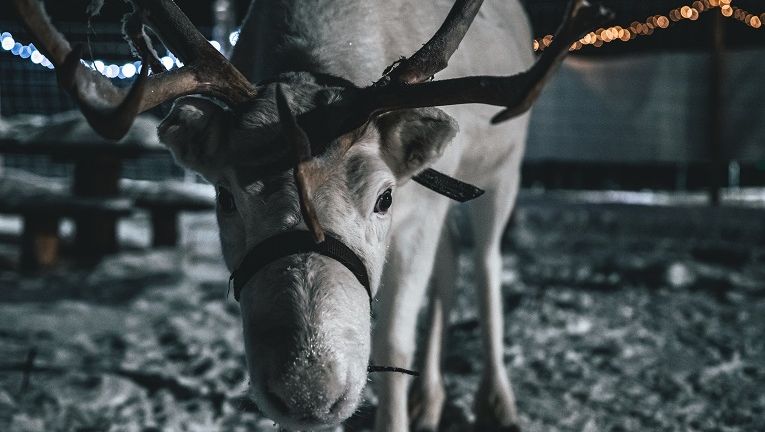
15/12/2021 by Sami Siida
The eight Sami seasons
In the Sami culture, we count a full eight seasons. All seasons are closely linked to the reindeer's natural migration and the reindeer owner's tasks during a year. The reindeer owners supervise the herd all year round, but some tasks belong to each season.
This is what a typical reindeer husbandry year might look like:
- Čakča: Čakča means autumn and mating season. In October-November, the reindeer migrate to the autumn pasture, and here the reindeer also have a mating season.
- Čakčadadálvi: Čakčadadálvi means autumn-winter and harvest time. In November-December, the reindeer owner gathers his animals for slaughter and marking, and the move to winter grazing is also underway.
- Dálvi: Dálvi means winter and winter grazing. From December to February, the reindeer are on winter pasture. The reindeer dig grazing pits to find the lichen under the snow, but also save as much energy as possible.
- Giđđadálvi: Giđđadálvi means spring winter and in February / March the animals are still on winter pasture. Throughout the winter, reindeer owners check snow and grazing conditions to ensure that the animals have the best grazing conditions.
- Giđđa: Giđđa means spring and in April / May the snow starts to melt. The reindeer pull down to the calf areas.
- Giđđageassi: Giđđageassi means spring-summer and in May-June it is calving time. The simles pull down to fixed calving areas, where they give birth to one calf each.
- Geassi: Geassi means summer and in June-August the reindeer graze in summer, often in the lowlands and along the coast. The calves grow fast to become large and strong enough to survive a long winter.
- Čakčageassi: Čakčageassi means autumn-summer and it is time to earmark the new calves. In August-September, the bulls are also slaughtered before the heat.
A siida is a unique form of organization for the reindeer herding Sami and consists of a group of reindeer owners who practice reindeer husbandry together in specific areas.
The tasks vary from siida to siida. Some siidas mark the reindeer in the summer and some mark the reindeer in the autumn. We start the move from autumn grazing to winter grazing in October and end in December. We are in the winter season from December to the end of March. From the end of March to May there is a spring migration, where the reindeer are until September.
In winter, the reindeer herd thrives best on the plateau, where they can dig down for food under the snow. In summer, the reindeer migrate down to coastal areas where they can find nutritious plants and important minerals. The spring and autumn grazing is normally halfway between these two pastures, where the reindeer owners have set up dividing fences for marking and selecting animals.
Did you know that reindeer migrate up to 600 kilometers each year along ancient migration routes between seasonal pastures?
In addition, the months are also named after typical characteristics of the month. For example, January is called ođđajagimánnu, or the New Year month. The Sami name for May is miessemánnu, or calf month in Norwegian. October is called golggotmánnu and translated into Norwegian this means the month of heat.

